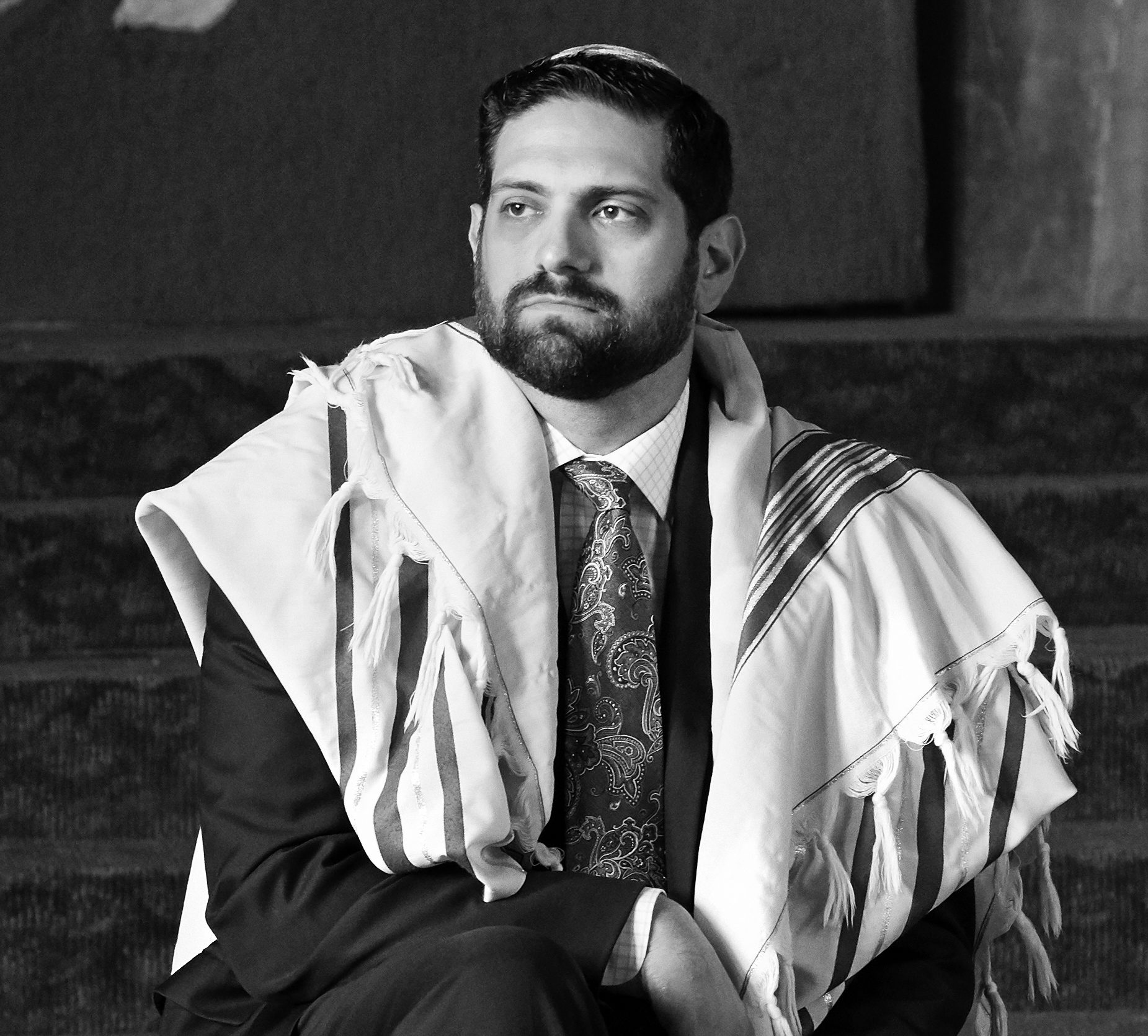
In Genesis 32 our Patriarch Jacob wrestles with what we call an angel. He fights with him until daybreak. Eventually, this leads to Jacob getting a new name, Israel. This iconic biblical scene is often one of the most precarious ones. Who was the angel and why was he wrestling him?
When Temple of Aaron brought professional wrestling inside the synagogue walls people had similar questions; who was wrestling and why wrestling? Even the skeptics who poked their heads into our first show saw a tremendous evening filled with Jewish wrestlers, Jewish content, and a packed synagogue singing “Shabbat Shalom” to end the evening. Jewish children were having the time of their lives in the synagogue social hall, and it was certainly an evening they will never forget. But it was not until after the show, when I was standing with a young father, whose son came up to him and said, “Dad, can we get season tickets to Temple of Aaron wrestling?!” That was when I knew we created something so absolutely crazy that it just might help change the synagogue as a place people of all ages wanted to be.
Yes, my synagogue is hosting professional wrestling. A real 16×20 ring, professional wrestlers of the highest caliber, sweat, music, and body slams. It is so counterculture to the rabbinical student I was, and it is the very symbol of the rabbi I have become for the people I serve. Weekly, I get pictures from my colleague of he and his daughter learning Motzei Shabbat at a synagogue parent-child study session. Is part of me envious? Sure. But that is Teaneck, New Jersey. I am in Saint Paul, Minnesota. Judaism in the frozen North is a little bit different than Cedar Lane filled with Kosher restaurants. Here we must fight for our Judaism.
But why wrestling? There are many reasons this idea came to fruition. It began to take shape a few years ago at the young family Kallah when a handful of congregants were all brainstorming ideas. After going through many contacts and iterations we were able to partner with F1rst Wrestling, specifically Arik Cannon the mastermind behind our success and Minnesota’s top wrestling company. Then we were off and running and several goals were met.
First, we provide an innovative and unique way to celebrate Judaism. The show had content, the Jewish wrestlers were proud, and our fans were ecstatic. The roar of the crowd and the electricity throughout the building created an experience that most synagogues would dream of having. Think about this; on a below zero-degree Wednesday night in December in Minnesota our synagogue was SOLD OUT. 425 people crammed into our space. Children, adults, and specifically Jews who have not willingly stepped foot into a synagogue since their Bar or Bat Mitzvah. We did not entice with alcohol (there was not any alcohol sold), bribe them with money or guilt them into submission. We put out a flyer and sold the tickets. We built it and they came. What does your synagogue look like on Wednesday evenings? What is the energy like? I am imagining it does not include a packed synagogue singing Hava Nagila at the top of their lungs.
Secondly, this was a revenue driver. Our empty Wednesday night building was now producing funds that will allow me to support young couples who are not sure about a Shabbat retreat with us. This makes it affordable and accessible. We did not solicit for this or pull from our already thin budget. We created a revenue stream. In the face of synagogues and organizations leaving physical buildings behind for Industrious or coffee shops, I wanted us to be proud of our physical space and figured there had to be organizations who needed to fill a building.
Finally, the best accomplishment was the biggest subliminal Interfaith Program in synagogue history (I am not sure that is true, but it is wrestling so I need to hype it up). When we host Pastors or cross-promoted programs with a church, we have the same people repeatedly. These are great people who are dedicated but they are rarely first-time attendees. If you followed the event on social media, you learned how many people were in a synagogue for the first time and had never met a rabbi. Through wrestling we broke down barriers with those who might have never known a Jew or Jewish community before that night. That includes the wrestlers themselves. We stood proud to embrace the culture and help others come together to see more than what they read or knew before. We created inroads to meet the other and learn about Judaism, even if it was at a surface level.
Temple of Wrestling was a crazy idea. It was the very opposite of what I thought a rabbi should be doing. I imagine how my professors from Seminary think this endeavor and how my rabbinic colleagues do not understand. But it was so crazy that it worked. We have packed the synagogue, we have celebrated holidays and culture, seen partnerships with organizations and companies throughout the Twin Cities, opened interfaith dialogue, and kicked ass and taken names. I want my colleagues to know that any rabbi who wants to attend can have free tickets. This is something you must see to believe. Like a shofar blast, I am ringing the bell that has come time for us to be like Jacob, wrestling with the unknown and just maybe we will be a little different afterward.























 More news and opinions than at a Shabbat dinner, right in your inbox.
More news and opinions than at a Shabbat dinner, right in your inbox.